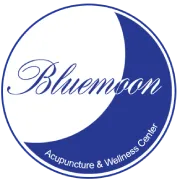Chinese Herbal Medicine
Acupuncture

Welcome to Chinese Herbal Medicine
Chinese Herbal Medicine
Chinese Herbal Medicine is a unique and powerful medicine that utilizes plants, minerals and some animal substances to help treat and alleviate everything from the common cold to stroke. Chinese Medical texts dating as far back as the 3rd century prove the rich and full history of this medicine.
The herbal tradition of China is valued scientifically, as well as being a fascinating and popular tradition. Scientists working in China and Japan during the past four decades have demonstrated that the herb materials contain active components that can explain many of their claimed actions. Modern drugs have been developed from the herbs, such as treatments for asthma and hay fever from Chinese ephedra, hepatitis remedies from schizandra fruits and licorice roots, and a number of anticancer agents from trees and shrubs.
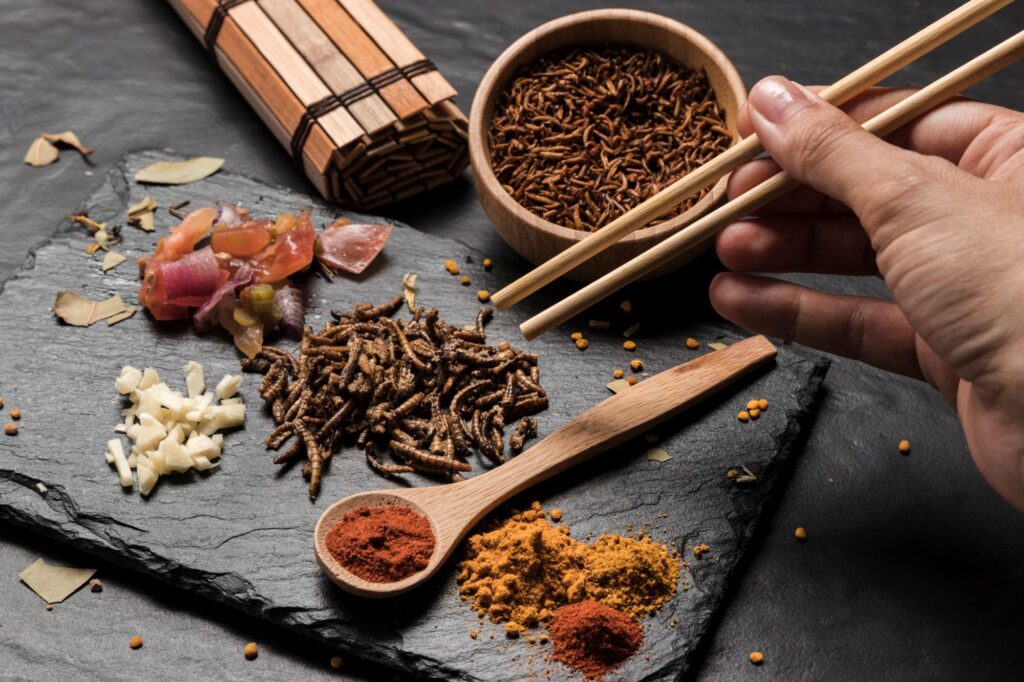
Several popular formulations produced in China, called “patent medicines,” are relied upon daily by millions of Chinese (in China and abroad), such as the Bupleurum Sedative Pills and Women’s Precious Pills that invigorate the energy, nourish the blood, calm tension, and regulate menstruation, and Yin Chiao Jie Du Pian, which is a reliable treatment for the early stages of sore throat, and influenza.
More than three hundred herbs that are commonly used today have a history of use that goes back at least 2,000 years. Over that time, a vast amount of experience has been gained that has gone towards perfecting their clinical applications. According to Chinese clinical studies, these herbs, and others that have been added to the list of useful items over the centuries, can greatly increase the effectiveness of modern drug treatments, reduce their side-effects, and sometimes replace them completely.
In China, the two most common methods of applying herb therapies are to make a decoction (a strong tea that must be simmered for about an hour or more) and to make large honey-bound pills. Both of these forms meet with considerable resistance in Western countries. The teas are deemed too time-consuming, smelly, and awful-tasting to justify their use, and the honey pills (boluses) are sticky, difficult to chew, and bad tasting. Thus, modern forms that are more acceptable have been developed for most applications.
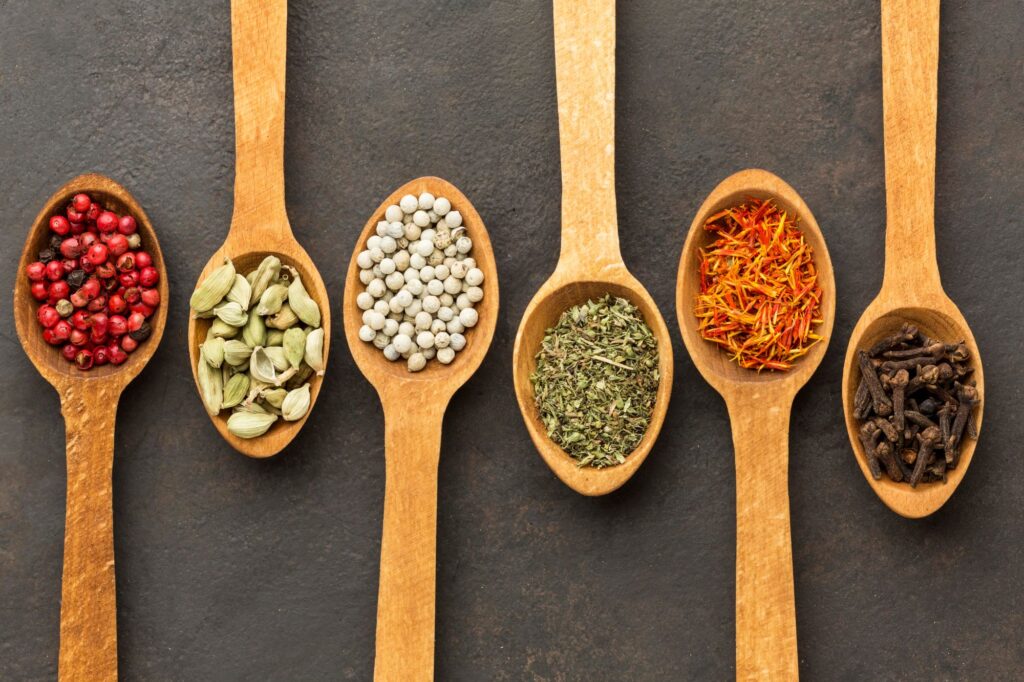
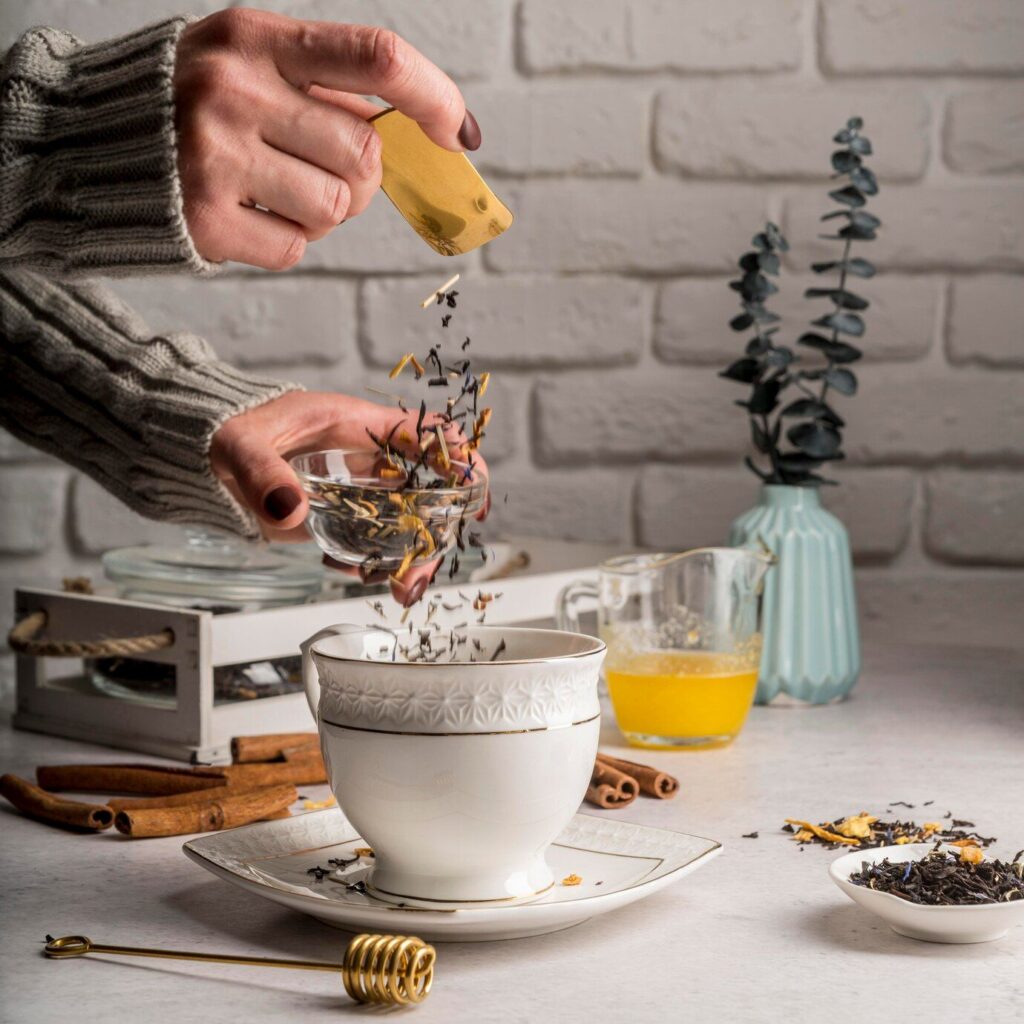
The two popular forms to replace the standard Chinese preparations are extract powders (or granules) and smooth, easy-to-swallow tablets or capsules. The extracts are made by producing a large batch of tea and then removing the water and producing a powder or tiny pellets; the resulting material is swallowed down with some water or mixed with hot water to make a tea. Tablets and capsules contain either powdered herbs or dried extracts or a combination of the two. Despite the convenience, one must take a substantial quantity of these prepared forms (compared to the amount of drugs one takes). For example, doses of the dried extracts range from 1-2 teaspoons each time, two to three times per day, and the tablets or capsules range from about 3-8 units each time, two to three times per day.
The herb materials used in all these preparations are gathered from wild supplies or cultivated, usually in China (some come from India, the Mid-East, or elsewhere). There are an estimated 6,000 species in use, including nearly 1,000 materials derived from animal sources and over 100 minerals, all of them categorized under the general heading “herbs.” Herbs are processed in various ways, such as cleaning, soaking, slicing, and drying, according to the methods that have been reported to be most useful. These materials are then combined in a formulation; the ingredients and amounts of each item depend on the nature of the condition to be treated.
In some cases, a practitioner of Chinese medicine will design a specific formulation for an individual patient, which might be changed frequently over a course of treatment. In other cases, one or more formulas already prepared for ingestion without modification are selected for use. The outcome is monitored, and the determination of whether to continue the current formula, change to another, or discontinue use is made on the basis of actual versus desired outcomes and the obvious or subtle effects of using the herbs.
Chinese herbs are provided in the U.S. as food supplements, not as drugs. Thus, they are not strictly regulated by the FDA except for monitoring the cleanliness of manufacturing facilities (for those materials made in the U.S.; for the imported items, FDA monitors only the listing of ingredients to help ensure no toxic herbs are being used). Random testing of crude herb materials and herb products made in the U.S. indicate that they are free of harmful bacteria and chemical contaminants. Imported products must be used with some caution, as some of them are problematic, yet get past the investigators. There are a few patent remedies that are labeled with only herb ingredients, but also contain several Western drugs. Some patents from China contain only Western drugs (and say so on the box, in Chinese), but purchasers may be unaware of this because they are told only that this is an effective remedy that came from China. Thus, imported Chinese herb products should be taken solely on the basis of a prescription from a trained health professional.
A few people experience allergic reaction to individual herbs, a problem that often cannot be predicted in advance since these are idiosyncratic responses. A more common reaction is a gastro-intestinal response, which might include constipation or diarrhea, nausea or bloating. Such reactions may occur if the individual has poor digestive functions, or if the herbal formula is not quite right for the needs of the individual. Taking the herbs at a different time in relation to meals may be helpful in resolving some of the gastro-intestinal reactions. In a few cases, use of Chinese herb formulas may cause dizziness, headache, agitation, sleepiness, hungry feeling, lowered appetite, sensation of heat or cold, or other sensory reactions. If such responses persist after about three days of using the herbs, it may be necessary to change formulas.
Following are some examples of common ingredients of Chinese formulas that have become widely used because of their reliable action, the quick results usually experienced, and the diversity of therapeutic activities that can be obtained from each. These reviews serve as examples of what Chinese doctors must know. It will be noted that the dosage range is often very large, reflecting various uses and different methods of application.
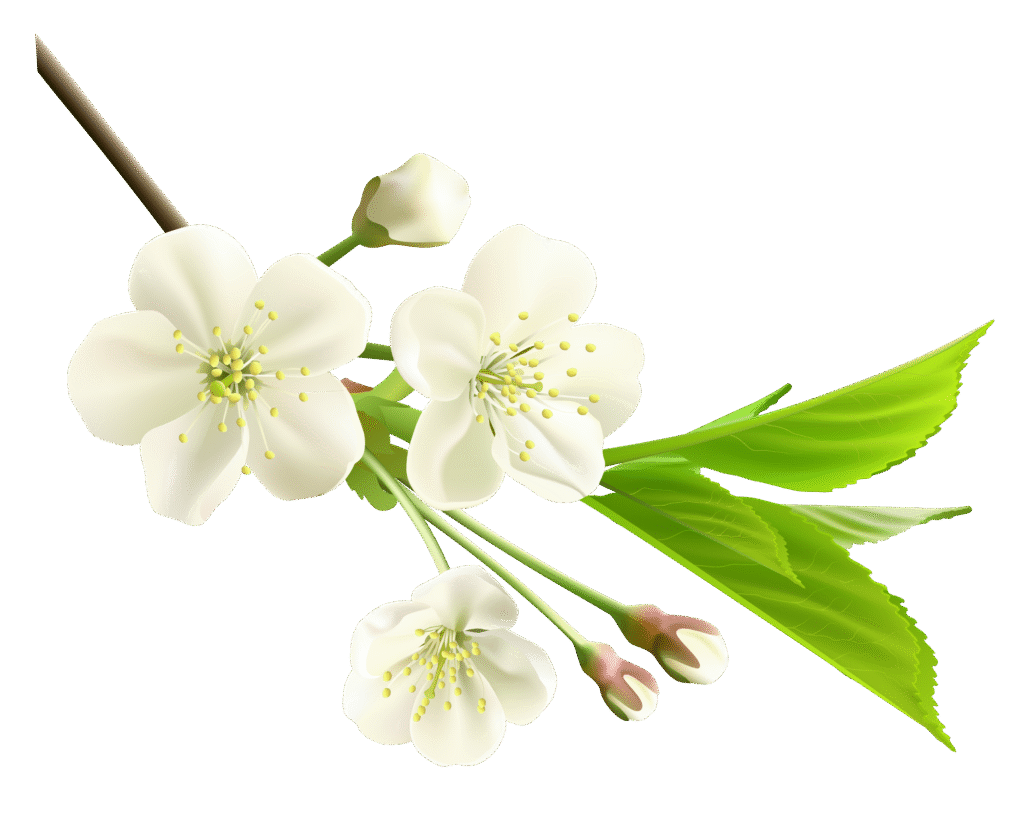
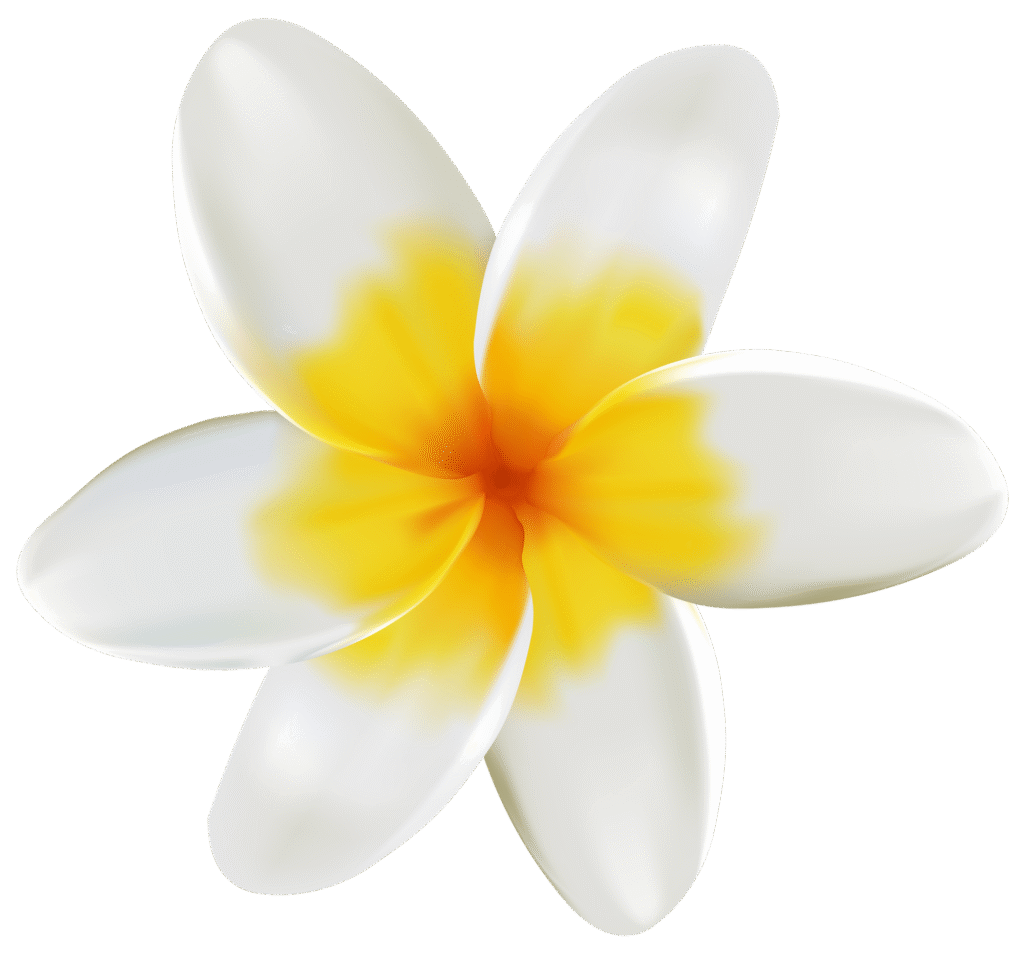

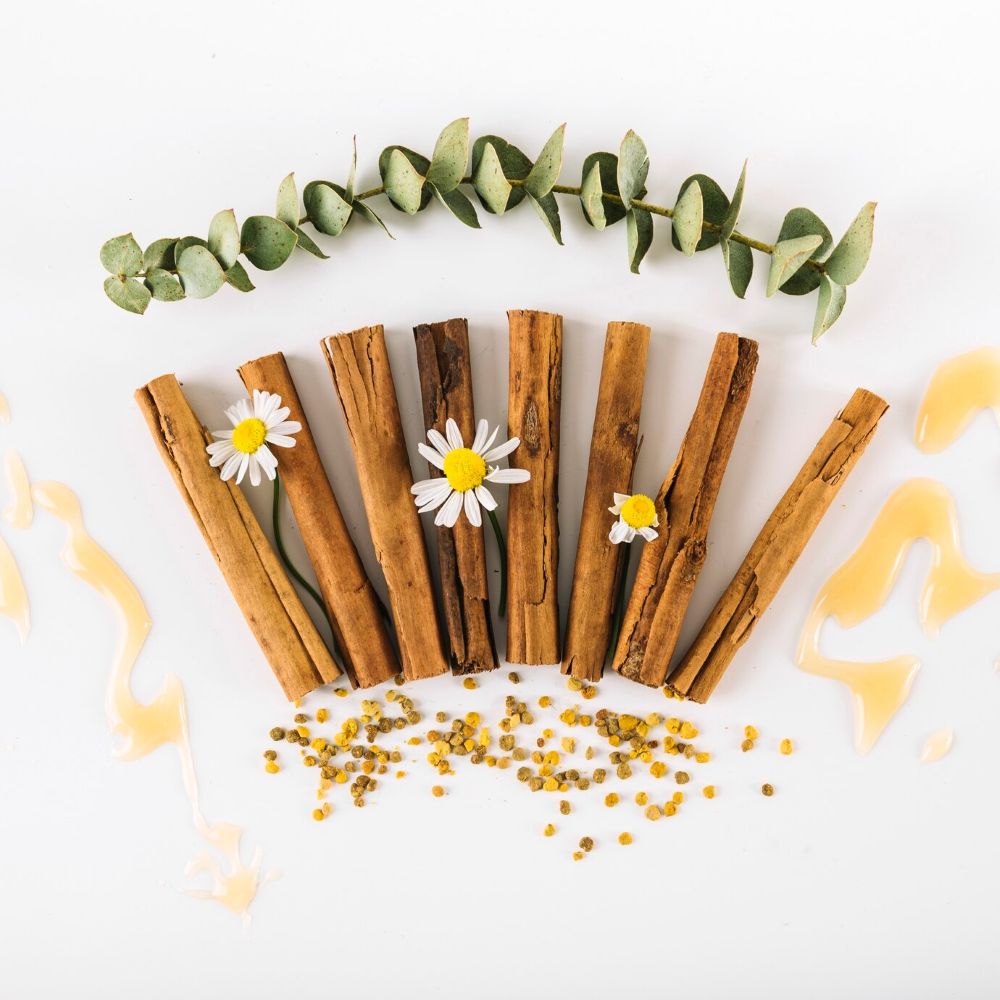
The long tap roots of astragalus are, today, the most commonly used herb material in China. Astragalus normalizes immune responses (used for immune deficiency, allergies, and autoimmunity), benefits digestive functions, and treats disorders of the skin from burns to carbuncles. Astragalus is used as a promoter of the functions of several other herbs, such as salvia and tang-kuei (mentioned below). It is used in the treatment of AIDS and hepatitis, for chronic colitis, senility, and cardiovascular diseases. Cancer patients who take this herb can often avoid the white blood cell deficiencies (leukopenia) that occur with chemotherapy.
The root is rich in polysaccharides and flavonoids that produce the beneficial effects. Astragalus may be used by itself, usually as a liquid extract, or in combination with other herbs in the form of teas, pills, or tablets. Dosage is from 1-60 grams per day, depending on the application and form. Caution: some individuals may experience flatulence and abdominal bloating from use of astragalus.
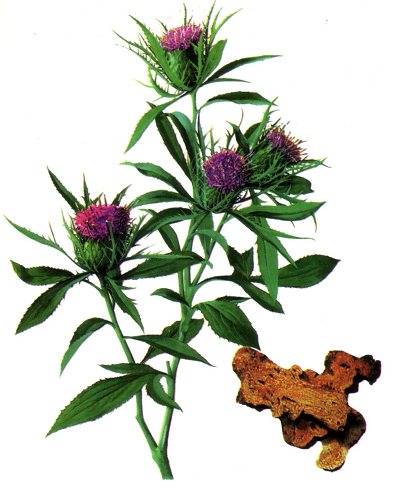
The rhizomes of atractylodes are considered very important to the treatment of digestive disorders and problems of moisture accumulation. The herb helps move moisture (and nutrients) from the digestive tract to the blood, reducing problems of diarrhea, gas, and bloating, and helps move moisture from the body tissues to the bladder for elimination, alleviating edema. The herb is frequently included in tonic prescriptions, and the herb is rarely used by itself.
Dosage is from 200 milligrams in capsules and tablets to 15 grams per day in the form of decoction. Caution: persons suffering from a hot and dry condition may experience worsening of those symptoms if large amounts of atractylodes are used.
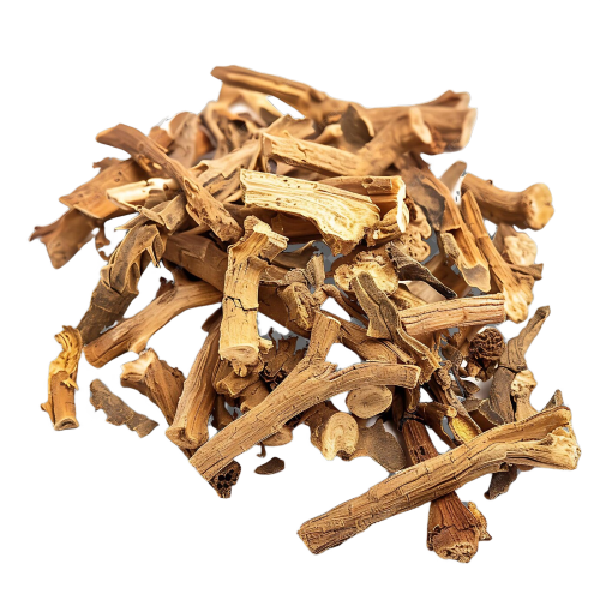
The thin roots of bupleurum are one of the most frequently used herbs in the Japanese practice of Oriental medicine. Doctors in Japan have found it useful in the treatment of liver diseases, skin ailments, arthritis, menopausal syndrome, withdrawal from corticosteroid use, nephritis, stress-induced ulcers, and mental disorders. The roots are rich in saponins that reduce inflammation and regulate hormone levels. The herb is not used by itself, but rather in formulas with about four to twelve ingredients, made as teas, pills, or tablets.
Dosage ranges from a few hundred milligrams of powder to about 15 grams in tea per day. Caution: some individuals may experience dizziness or headaches from use of bupleurum.
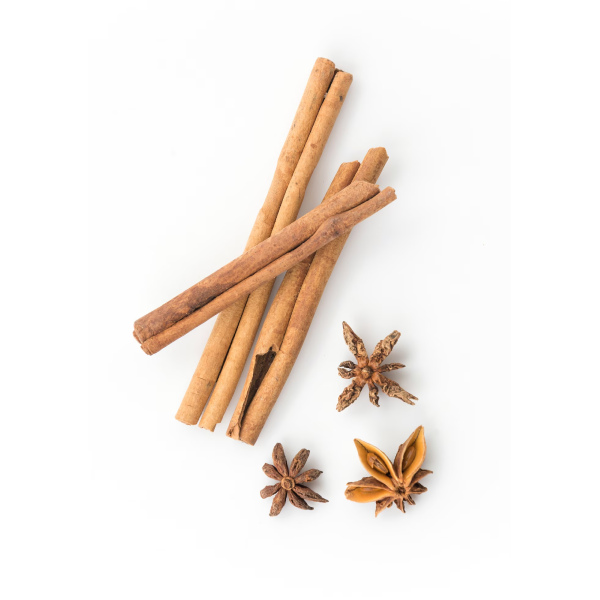
The twigs (guizhi) and bark (rou gui) of this large tropical tree are said to warm the body, invigorate the circulation, and harmonize the energy of the upper and lower body. Modern studies demonstrate that cinnamon reduces allergy reactions. Traditionally, cinnamon twig is used when the peripheral circulation is poor and cinnamon bark is used when the entire body is cold. If the upper body is warm and the lower body is cold, then cinnamon will correct the imbalance. Cinnamon is usually cooked together with other herbs to make a warming tea, or powdered with other herbs to make a pill or tablet that regulates circulation of blood.
Dosage is 0.3-3 grams of bark and up to 9 grams of twig per day. Caution: large amounts of cinnamon are irritating to the liver and should not be used by those with inflammatory liver disorders.
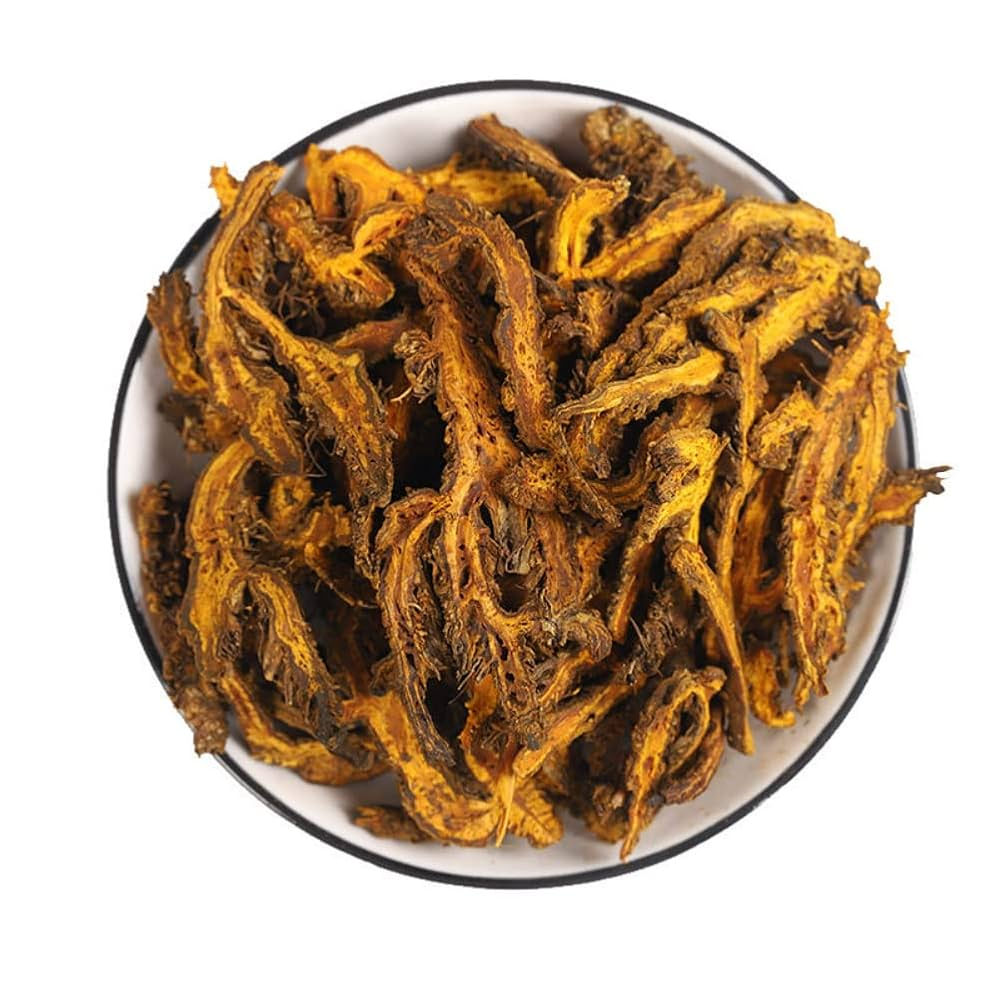
This rhizome (underground stem) is one of the most bitter herbs used in Chinese medicine. It is rich in alkaloids that inhibit infections and calm nervous agitation; it is usually combined with other bitter-tasting herbs, such as phellodendron, scute, and gardenia, to promote these actions. Examples of its many uses include treatment of skin diseases, intestinal infections, hypertension, and insomnia. Coptis is a close relative of an extremely bitter and very useful American herb, goldenseal. Because of its taste, coptis is most often used in the form of pills or tablets.
Typical dosage is from a few hundred milligrams of powder to 3 grams in decoction per day. Caution: regular use of coptis in large dosage may cause diarrhea.
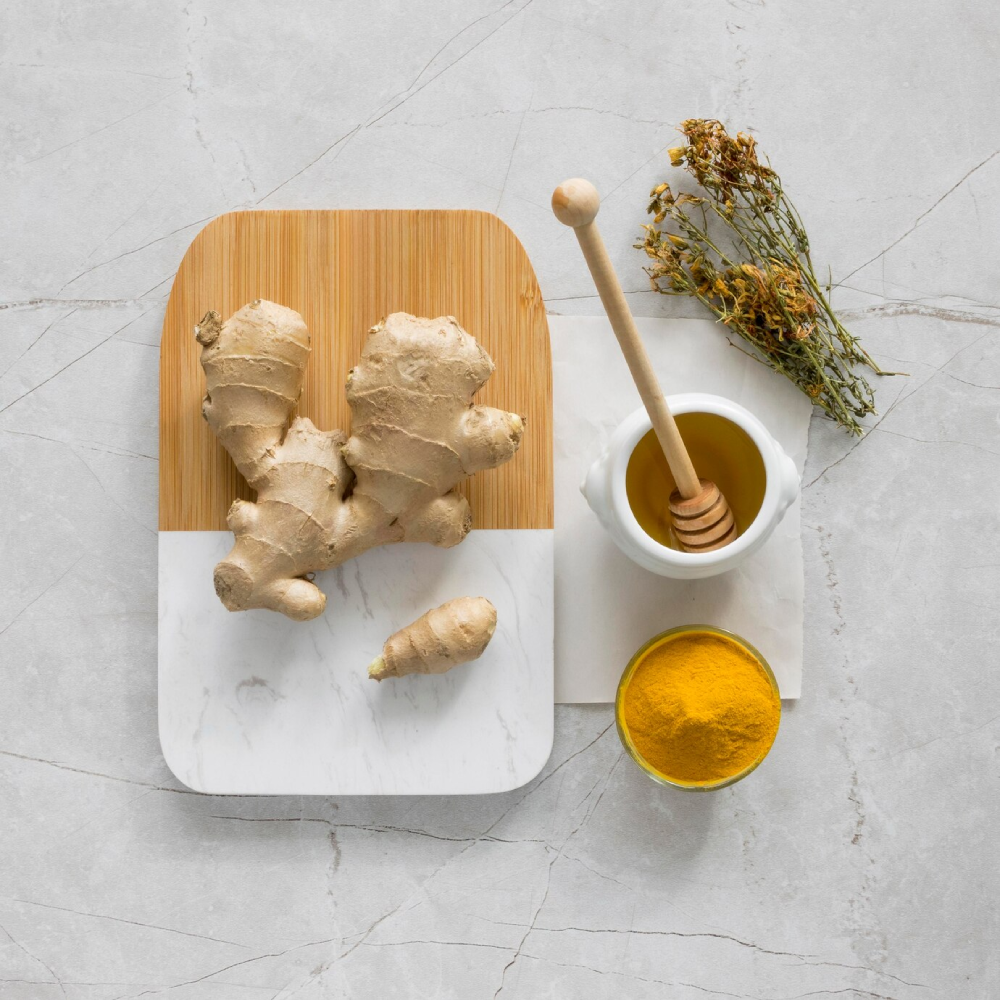
The fibrous rhizome of this herb is highly spicy and said to benefit digestion, neutralize poisons in food, ventilate the lungs, and warm the circulation to the limbs. Today, ginger is commonly used as a spice in cooking; as a medicine it has been shown helpful in counteracting nausea from various causes including morning sickness, motion sickness, and food contamination. Many herbalists use ginger in the treatment of cough (it acts as an expectorant) and common cold. Ginger is used in making teas and the powder is encapsulated for easy consumption.
Typical dosage is from a few milligrams used as an assistant in herb formulas to about 3 grams per day in making decoctions. Instant tea granules (sugar or honey base) are available. Caution: persons who suffer from dryness-dry cough, thirst, dry constipation, etc.-may find that ginger worsens the condition.
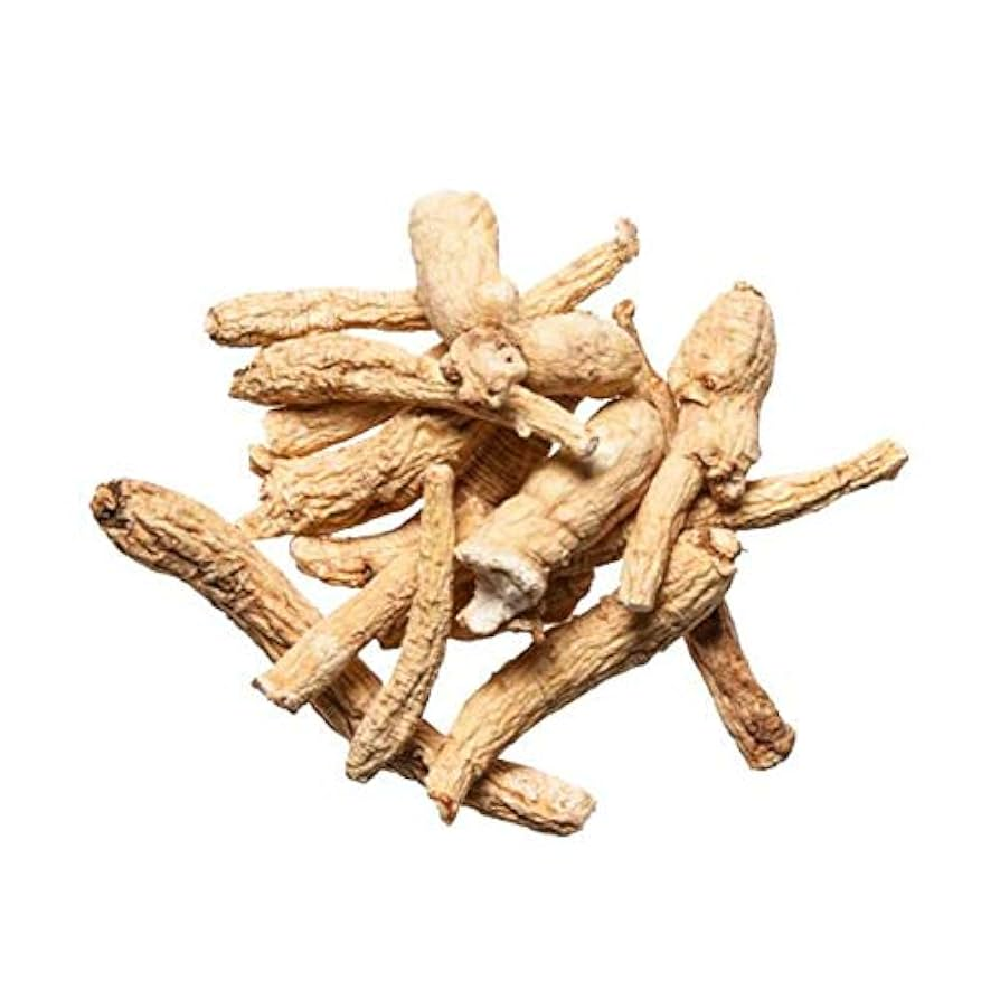
The root has long been cherished as a disease-preventive and a life preserver. It calms the spirit, nourishes the viscera, and helps one gain wisdom. Modern applications include normalizing blood pressure, regulating blood sugar, resisting fatigue, increasing oxygen utilization, and enhancing immune functions. Traditionally, the root is cooked in a double boiler to make a tea, used either alone or with several other herbs. Today, teas can be made quickly from carefully prepared extracts in liquid or dry form; ginseng powder is made into tablets or encapsulated, and ginseng formulas are available in numerous forms for easy consumption.
Typical dosage is 0.5-3.0 grams. Higher doses may be used over the short term for specific therapeutic actions: in China 30 grams is recommended to treat shock (sudden hypotension). Caution: excessive consumption of ginseng can lead to nervousness and may produce hormonal imbalance in women.
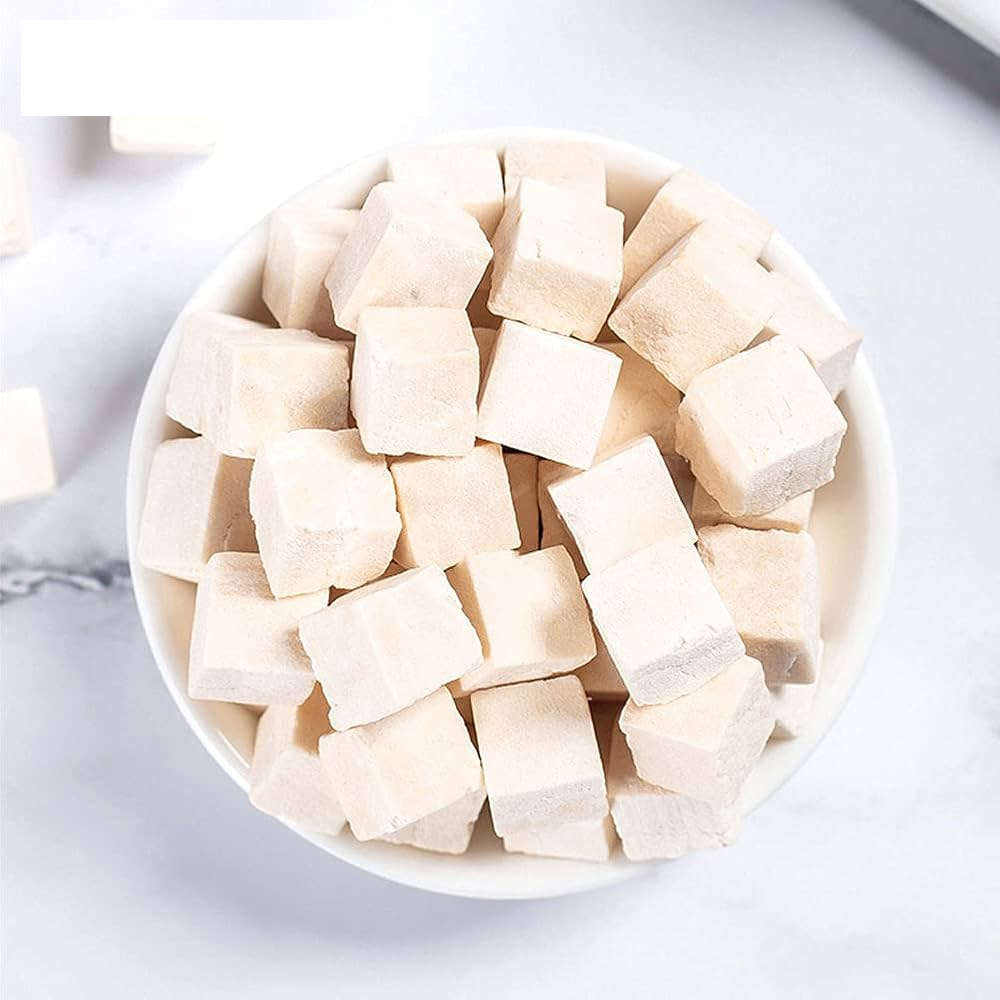
This herb is a large fungus that grows on pine roots. It is used to alleviate irritation of the gastro-intestinal system and, like atractylodes, it helps transport moisture out of the digestive system into the blood stream and from the various body tissues to the bladder. When bits of the pine root are included in the herb material it is called fushen; the combination of the fungus and pine produces a mild sedative action.
This herb, because it is quite mild, is mostly used in making decoctions or dried decoctions, with a dosage equivalent of about 10-15 grams per day. The herb is non-toxic and rarely causes any adverse effects.
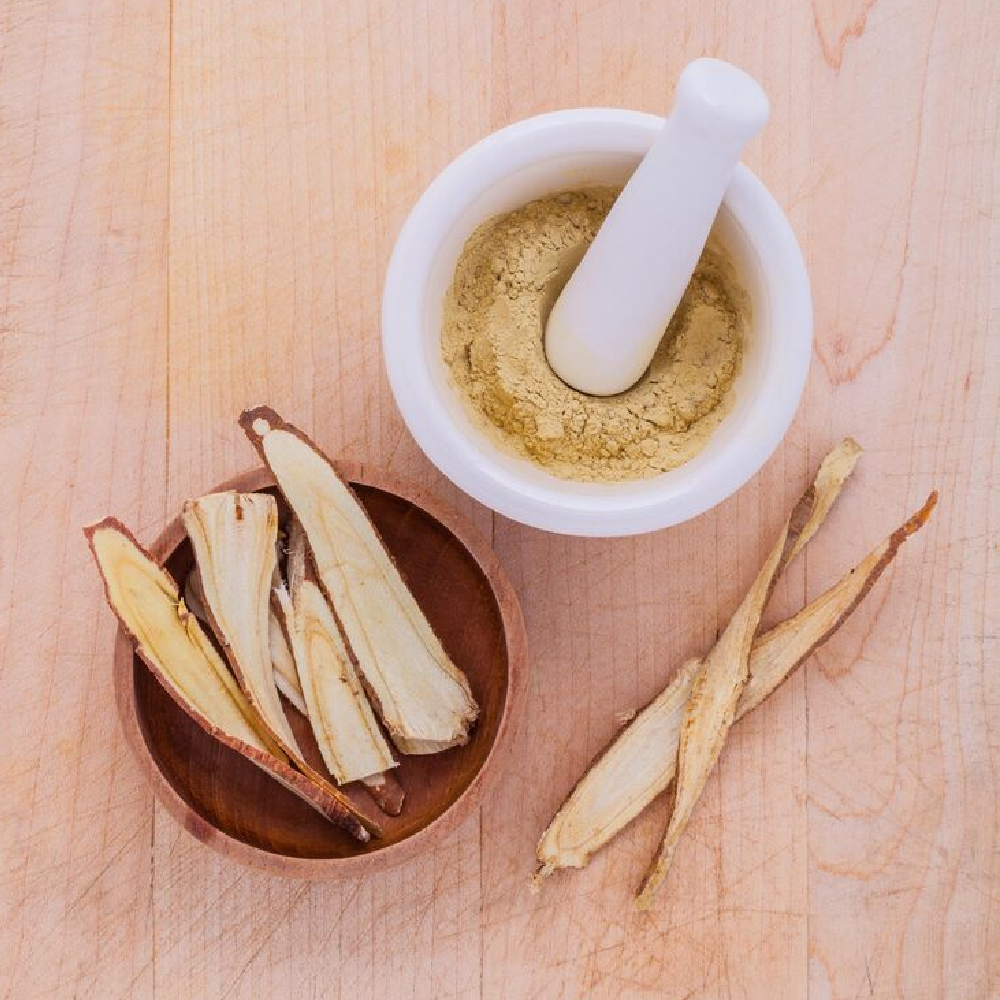
The roots have an extremely sweet taste (but are also bitter) and are said to neutralize toxins, relieve inflammation, and enhance digestion. In Europe, a drug has been made from licorice extract that heals gastric ulcers. Licorice is used by Chinese doctors in the treatment of hepatitis, sore throat, muscle spasms, and, when baked with honey, for treatment hyperthyroidism and heart valve diseases. Traditionally, licorice is thought to enhance the effectiveness of herb formulas and is used to moderate the flavor of herb teas; as a result, it is found in about one-third of all Chinese herb prescriptions. Licorice powder is encapsulated for easy consumption or mixed with other herbs and tableted.
Dosage is from very small amounts (a few hundred milligrams) to 15 grams per day in decoction used to treat viral hepatitis. Caution: excessive consumption of licorice over an extended period to time can cause sodium/potassium imbalance with symptoms of tachycardia and/or edema.
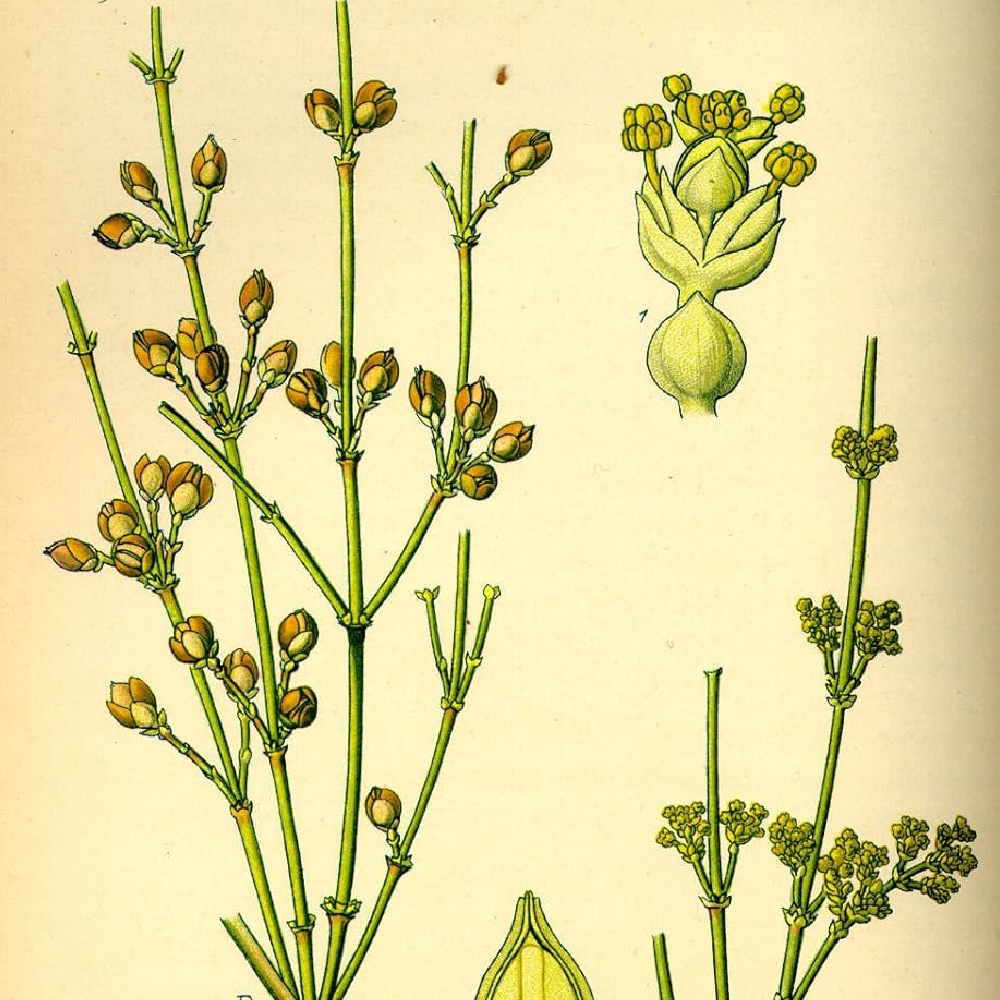
The stem-like leaves when taken in a dose of several grams stimulate perspiration, open the breathing passages, and invigorate the central nervous system energy. It has been shown that most of these effects are due to two alkaloid components, ephedrine and pseudoephedrine, both of them having been made into modern drugs (for asthma and sinus congestion, respectively). In addition, the stimulating action of ma-huang has led to its use as a metabolic enhancer (burns calories more quickly) for those who are trying to lose weight. Ma-huang also has anti-inflammatory actions useful in treating some cases of arthralgia and myalgia. Ma-huang can be made into a tea, or used in extract form; powdered ma-huang is rarely used.
Dosage range is 1-9 grams/day, usually in two or three divided doses. Caution: the stimulant effect of ma-huang can cause insomnia and agitation; persons with very high blood pressure may find this symptom worsened by use of ma-huang.
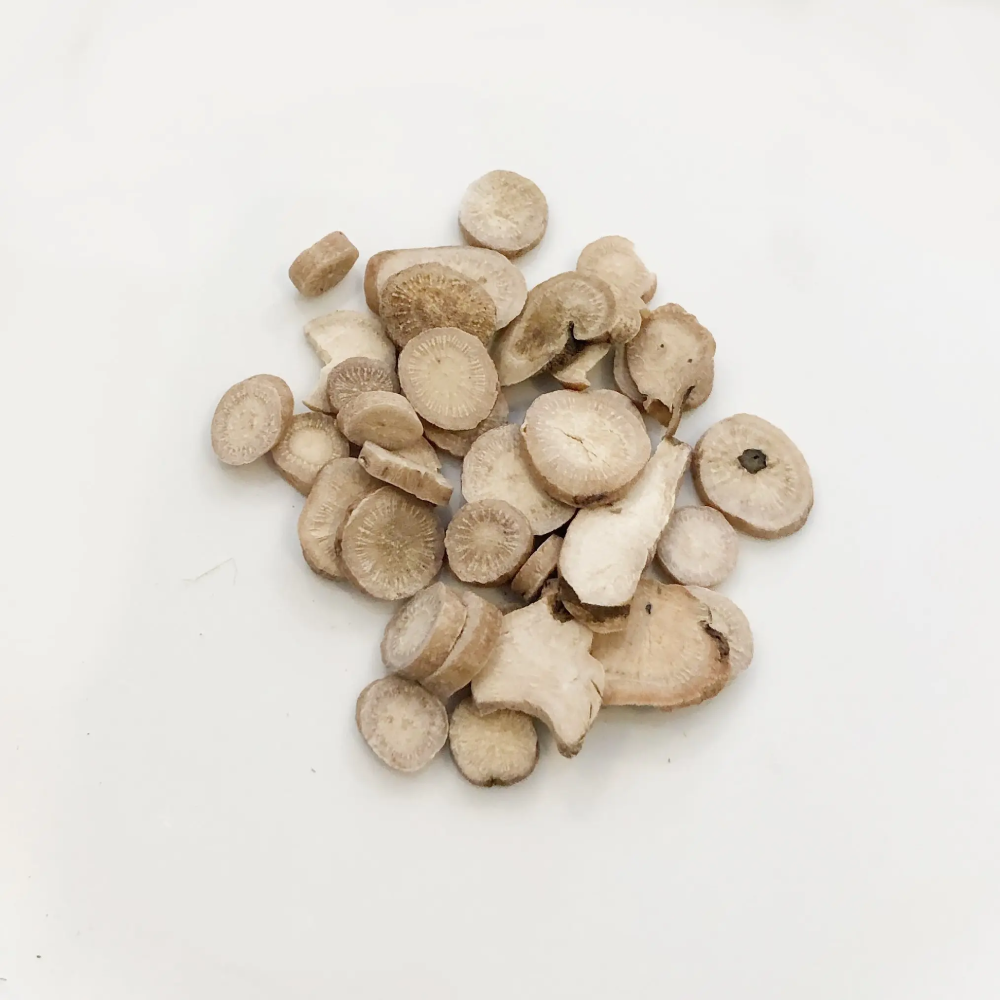
The root of this common flower is used to regulate the blood. It relaxes the blood vessels, reduces platelet sticking, nourishes the blood, and promotes circulation to the skin and extremities. The root of both wild and cultivated peonies are used. The wild peony yields “red peony” (chihshao) a fibrous root that is especially used for stimulating blood circulation. The cultivated peony yields “white peony” (baishao) a dense root that nourishes the blood. Peony is often combined with tang-kuei, licorice, or other herbs mentioned here to enhance or control their effects.
The dosage range is from 0.5-15 grams per day. Peony rarely causes any adverse reactions.
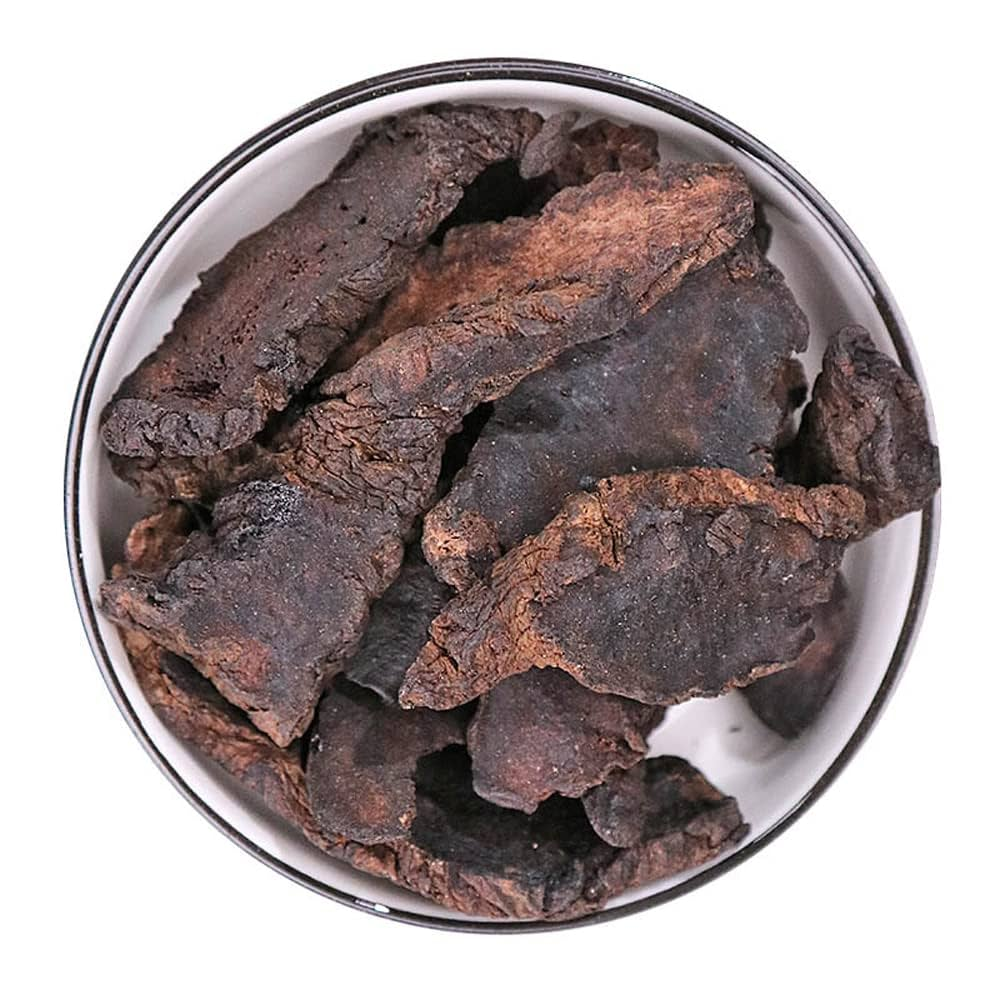
The root of this herb is a dark, moist herb that is extensively used to nourish the blood and the hormonal system. It is frequently used in the treatment of problems of aging, because of its ability to restore the levels of several declining hormones. There are two forms of the herb that are currently used: one, designated shengdihuang or raw rehmannia, is given to reduce inflammation and is included in many formulas for autoimmune disorders; the other is designated shoudihuang or cooked rehmannia, and is used as a nourishing tonic. Often, the two forms are combined together in equal proportions to address inflammatory problems that are related to the lack of adequate levels of regulating hormones.
The herb is mainly used in making decoctions or dried decoctions, with a dosage of 10-30 grams per day. Caution: persons with weak digestion and tendency to experience loose stool or diarrhea may find that this herb, especially cooked rehmannia, worsens those symptoms.
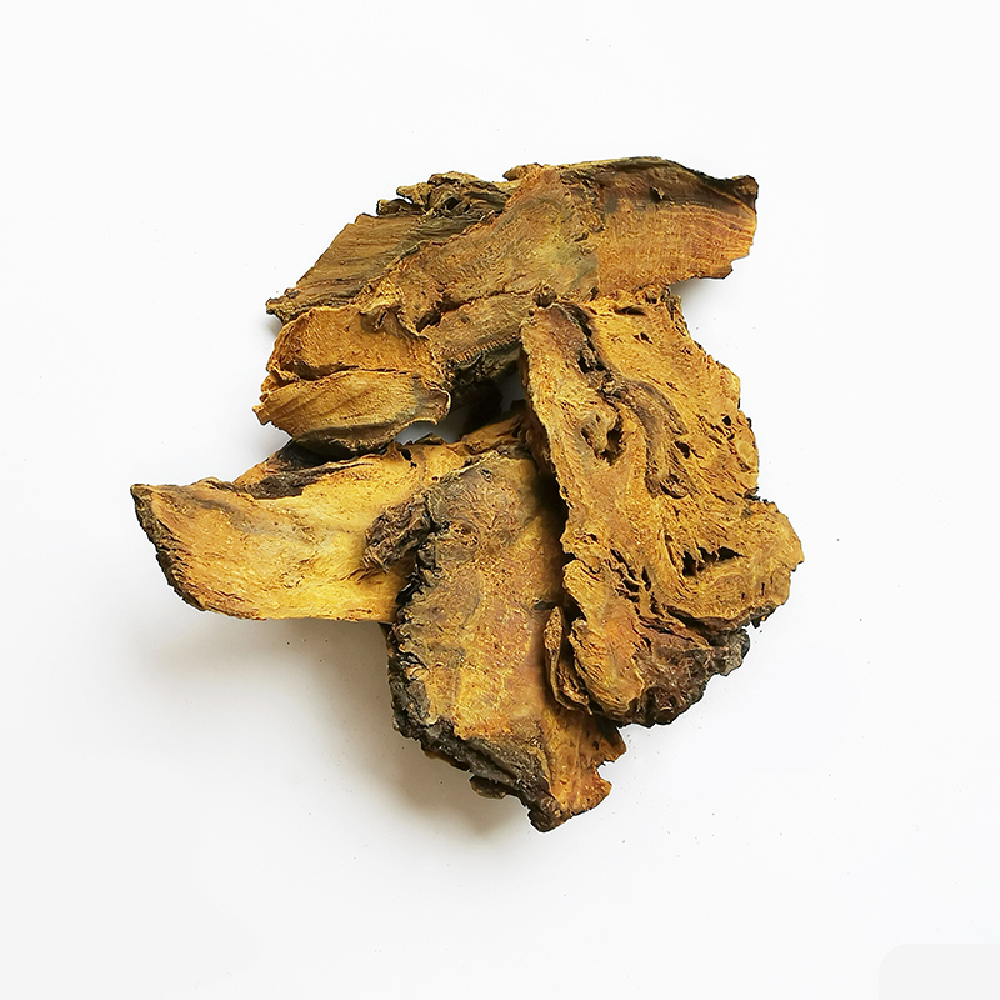
This large root was one of the first herbs that the Western world imported from China. It serves as a very reliable laxative, and also has other benefits: enhancing appetite when taken before meals in small amounts, promoting blood circulation and relieving pain in cases of injury or inflammation, and inhibiting intestinal infections. Rhubarb also reduces autoimmune reactions. The impact of rhubarb is influenced by how it is prepared; if it is cooked for a long period of time, the laxative actions are reduced but other actions are retained.
Typical dosage is 0.5-3 grams per day. Caution: rhubarb, alone or in formulas, should not be used by those with irritable bowel conditions, as it may cause cramping and diarrhea.
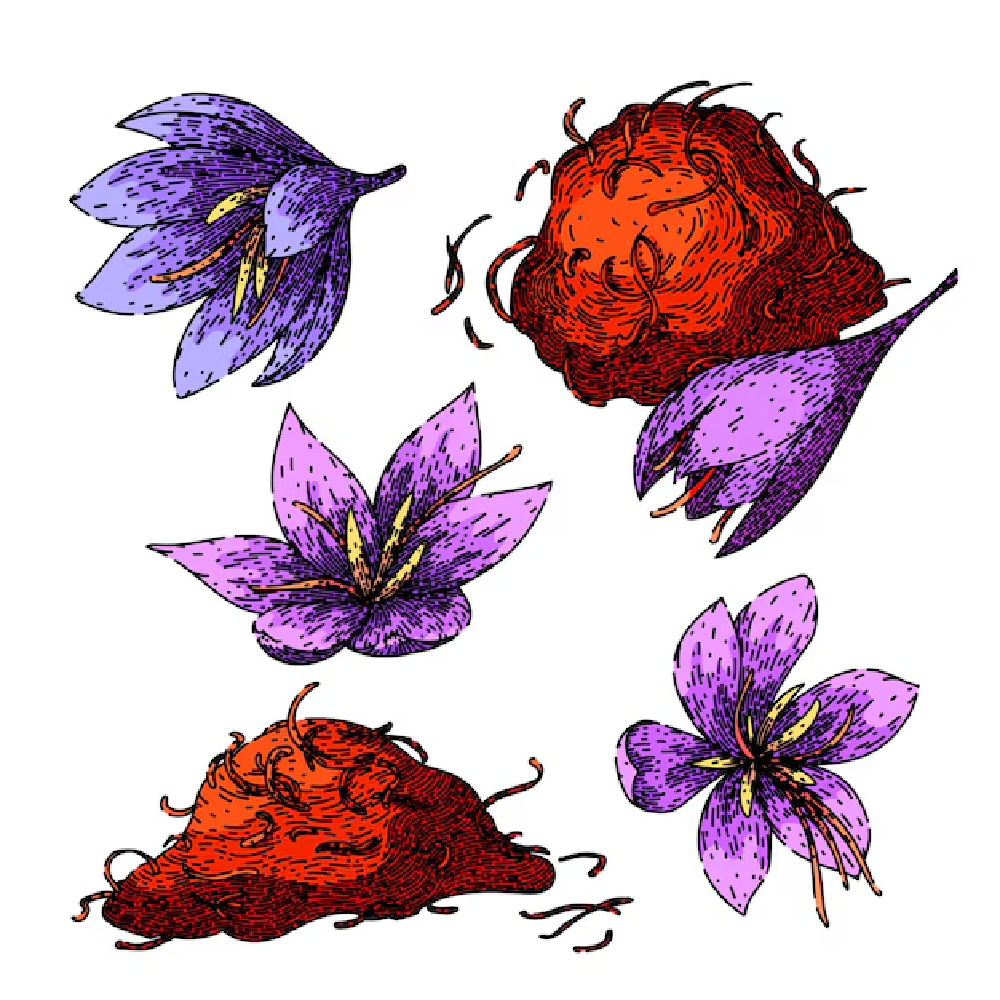
The deep red roots of this Chinese sage plant have become an important herb during the past two decades even though it was used for centuries before that. It is applied in almost all cases where the body tissues have been damaged by disease or injury; thus, it is given for post-stroke syndrome, traumatic injury, chronic inflammation and/or infection, and degenerative diseases. It is best known for its ability to promote circulation in the capillary beds-the so-called microcirculation system. In addition, salvia lowers blood pressure, helps reduce cholesterol, and enhances function of the liver. It may be consumed alone or with other herbs, in wines, teas, pills, or tablets.
Dosage is 1-20 grams per day. Salvia rarely causes any adverse reactions.
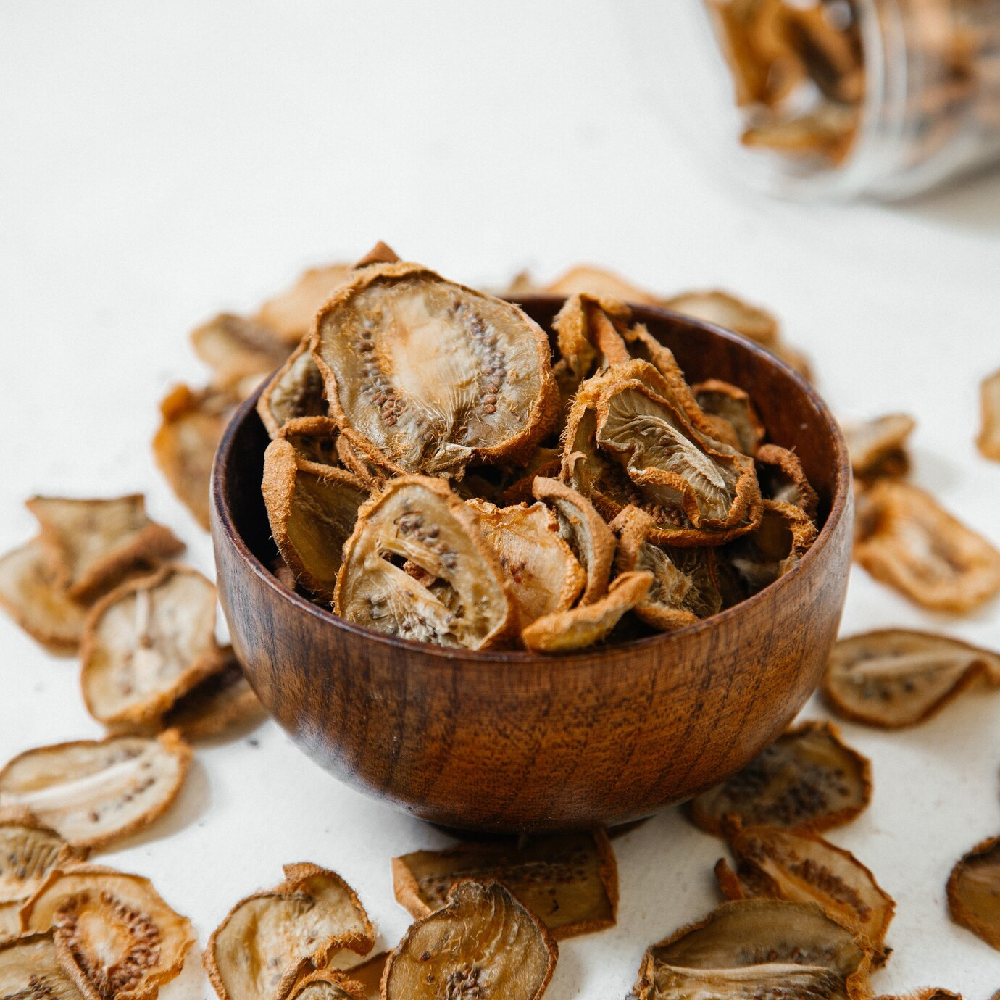
The root has been long respected as a blood-nourishing agent. It has its highest rate of use among women because tang-kuei will help to regulate uterine blood flow and contraction, but when employed in complex formulas it can be used by both men and women to nourish the blood, moisten the intestines, improve the circulation, calm tension, and relieve pain. Tang-kuei is frequently said to have estrogenic effects, but this is not a valid claim.
The recommended dosage for tang-kuei is 0.5-9 grams per day. Tang-kuei may be made as a tea or cooked with chicken to make soup (the taste is quite strong), but it is often used today as a powder, encapsulated or made into tablets, alone or with other herbs. Caution: some individuals find that tang-kuei causes nausea or loose stool.
FAQ’s

10 K
satisfied Customer
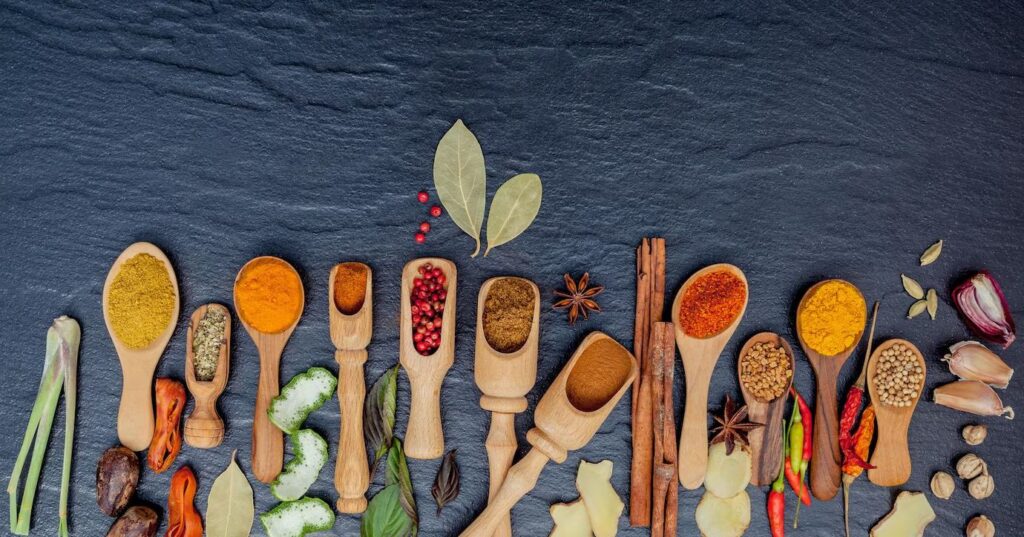
Chinese herbal medicine is an ancient healing practice. The focus is on plant-derived ingredients that help restore balance and health. Herbal Formulas are customized which may address specific health issues like pain, digestion, stress, and immunity. These natural medicines follow a holistic approach toward the body’s self-healing mechanisms and thus strengthen general well-being.
Chinese herbs differ from Western medicine as they diagnose and treat from a holistic and individual basis. Whereas Western medicine treats specific symptoms or conditions with pharmaceutical drugs, Chinese herbal medicine attempts to restore balance and treat the underlying causes of illness. Herbal formulas are individualized to help maintain long-term wellness and assist the body’s natural healing.
Chinese herbal medicine is generally safe when prescribed by a qualified practitioner. However, as with any treatment, there could be the possibility of side effects if it is not properly suited to an individual. The most common ones are mild digestive disturbances or allergic reactions. Consult your practitioner to ensure that the herbs will be suitable for your condition.
Chinese herbs can be used along with prescription medications after consultation with a trained practitioner. Your practitioner will take into consideration the possible interactions and make sure that the herbs complement your medications. Individualized herbal formulas may assist with healing without interfering with prescribed treatments, promoting overall body wellness alongside traditional medicine.
The duration of herbal medicine to work varies depending on the individual and their condition. Patients will usually start to notice some changes within the first weeks; however, some may even notice some changes within days. The herbal treatment will be tailored to suit your individual needs to ensure the best possible outcomes over time.

